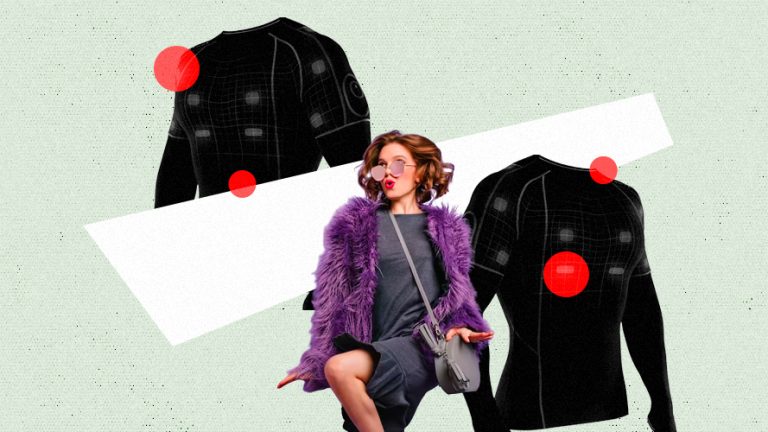Women in the smart clothing industry are using fashion and technology for the creation of smart clothes
For many years now, smart clothing has been a fashion industry term. It mixes fashion and technology to produce clothing that not only looks wonderful but also serves several purposes. The smart clothing industry has always been controlled by men, but more and more women are making their presence felt and changing the market of smart fashion by women.
In this article, we shall discuss how women in the smart clothing industry are advancing this fascinating profession. These women in the clothing industry are breaking through barriers and having a big influence on the direction that fashion and technology are going in, whether it’s inventing cutting-edge goods or developing sustainable clothing.
1. Designing Innovative Products
Innovative design is one way that women are changing the smart clothing market. Products that are fashionable and useful are the outcome of women designers’ new perspectives and ideas in the industry. For instance, fashion designer Rebecca Minkoff collaborated with the maker of wearable technology, Avery Dennison, to develop a line of smart jewelry.
The “The Braid” series includes bracelets and necklaces that not only track activity and fitness levels but also serve as fashionable accessories. In a similar vein, female-led firms like Nadi X and Xenoma are developing smart leggings and shirts that utilize sensors and haptic feedback to direct wearers through yoga poses and enhance their posture.
2. Creating Sustainable Fashion
Sustainable fashion is another way that women are changing the smart clothing market. Smart clothing technology is being used by women-owned businesses to produce sustainable and environmentally friendly goods. For instance, the clothes heating system created by the company Loomia uses reusable and washable circuits.
With the help of this technology, we can do away with disposable batteries. Similar to this, the business Petit Pli has developed a line of kids’ clothes that grows with the child, minimizing the amount of clothing that must be bought and eventually discarded.
3. Addressing Women’s Health Issues
Smart clothing technology is also being used by women to address particular health conditions. For instance, the three women-founded business Owlet has created a smart infant sock that tracks an infant’s heart rate and oxygen levels while they sleep. Many parents have used this product to identify potential health problems in their infants at an early stage. Similar to this, the women-owned business Bloomer Tech is creating a smart bra that can track women’s heart health and look for breast cancer symptoms.
4. Breaking Down Barriers
Women are also dismantling obstacles and questioning conventional gender roles in the smart clothes business. For instance, Google and Levi’s introduced a smart jacket for urban bikers in 2019. Ivy Ross, the chief of Google’s Advanced Technology and Products division, oversaw the project. This project proved that women are capable of holding top positions in the tech and fashion industries and designing goods that appeal to both men and women.
5. Empowering Women
Finally, women-owned businesses are empowering women through using smart clothing technology. For instance, SheWear is creating a line of stylish workwear for women who work in industries like manufacturing, construction, and other ones that have historically been dominated by males. The gear incorporates smart technology to increase safety and productivity at work while still being cozy, long-lasting, and useful. Similar to this, a female-led firm called ElektroCouture makes smart clothing for performers and artists that has LED lights, sound sensors, and other elements that let users express themselves in fresh and original ways.
In conclusion, women in the smart clothing industry are excitingly and creatively changing the smart clothing market. Women in the sector are dismantling obstacles and empowering others as well as themselves by making cutting-edge goods, producing sustainable fashion, and addressing women’s health issues. We can anticipate seeing more female-led businesses and goods created with women’s wants and interests in mind as the smart apparel market expands and changes over time.






Add comment